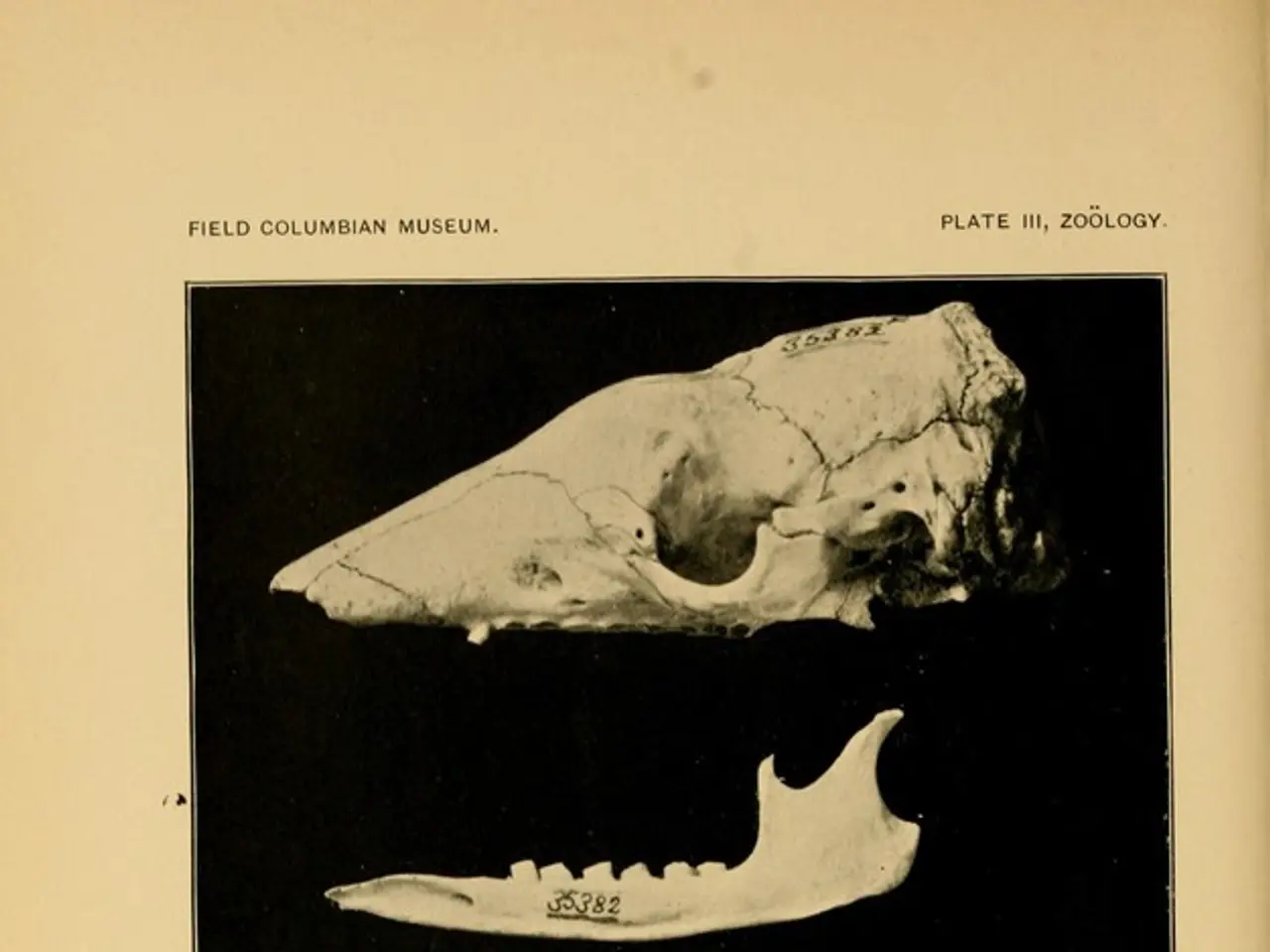Wrists afflicted by osteoarthritis: Recognizing symptoms, diagnostics, and remedies
Wrist Osteoarthritis (OA) is a degenerative joint disease that affects the wrist, causing pain, swelling, and reduced range of motion. This condition occurs when cartilage wears away at the ends of wrist bones, allowing the bones to rub together and create friction, swelling, and pain.
Symptoms and Complications
Symptoms of wrist OA can include pain or tenderness, stiffness, swelling, limited range of motion, discoloration or warmth, a change in grip strength or hand function, joint noise, locking or catching sensations, and difficulty using the hands. Untreated wrist OA can lead to complications such as carpal tunnel syndrome, structural changes in the hand, and difficulties with daily activities.
In severe cases, persistent swelling and tenderness around the wrist joint can occur due to ongoing inflammation and degeneration. Loss of grip strength and wrist motion is common, even after treatment, but is often exacerbated if left untreated. Untreated wrist OA can also lead to the development of complex regional pain syndrome (CRPS), a chronic pain condition, and potential median nerve dysfunction in advanced cases.
If wrist OA is secondary to bone injury, such as lunate fractures or avascular necrosis/Kienböck's disease, complications can worsen, leading to bone collapse and accelerated degenerative changes.
Diagnosis and Management
To diagnose wrist OA, a doctor will perform a physical exam, take a person's medical history, and may order X-rays, blood tests, or an arthrocentesis (synovial fluid analysis) to rule out other causes and infections. There is no cure for OA, but management techniques can help alleviate symptoms and prevent OA from progressing.
Management options include physical therapy, exercise, and lifestyle modifications. A physical therapist or occupational therapist may be able to suggest ways to make daily tasks easier for people with wrist OA. Topical pain relief, such as NSAID creams and gels, can be applied directly to the skin of the wrist for pain relief. Cold therapy can help reduce swelling and inflammation in the wrist by constricting blood vessels, while heat therapy can help relieve pain by increasing blood flow and easing stiffness.
Steroid injections can relieve symptoms for several months if over-the-counter or prescription pain relievers are ineffective. In some cases, surgical procedures such as fusion or arthrodesis, proximal row carpectomy, or wrist replacement may be necessary to relieve pain and maintain function. However, wrist replacement is less likely to be recommended than other procedures.
In summary, wrist OA can cause chronic pain, deformity, instability, loss of motion, and functional disability. Early diagnosis and management can help prevent complications and maintain hand function and strength. It is essential to consult with a healthcare professional for proper diagnosis and treatment.
[References] [1] American Academy of Orthopaedic Surgeons. (2019). Wrist Osteoarthritis. Retrieved from https://orthoinfo.aaos.org/en/diseases--conditions/wrist-osteoarthritis/ [2] Mayo Clinic. (2020). Wrist Osteoarthritis. Retrieved from https://www.mayoclinic.org/diseases-conditions/wrist-osteoarthritis/symptoms-causes/syc-20352546 [3] National Institute of Arthritis and Musculoskeletal and Skin Diseases. (2020). Wrist Osteoarthritis. Retrieved from https://www.niams.nih.gov/health-topics/wrist-osteoarthritis [4] National Health Service (UK). (2020). Wrist Osteoarthritis. Retrieved from https://www.nhs.uk/conditions/wrist-osteoarthritis/ [5] UpToDate. (2020). Wrist Osteoarthritis. Retrieved from https://www.uptodate.com/contents/wrist-osteoarthritis-clinical-features-and-imaging
- Management of wrist OA can involve various health-and-wellness practices such as physical therapy, fitness-and-exercise, and lifestyle modifications, aiding in alleviating symptoms and preventing further progression of the disease.
- Medical-conditions related to chronic-diseases like carpal tunnel syndrome, complex regional pain syndrome (CRPS), and median nerve dysfunction can be complications associated with untreated or poorly managed wrist OA.
- Science and technology, including X-rays, blood tests, or arthrocentesis (synovial fluid analysis), play significant roles in diagnosing and ruling out infections and other causes related to wrist OA, ensuring accurate identification and appropriate therapies-and-treatments.




